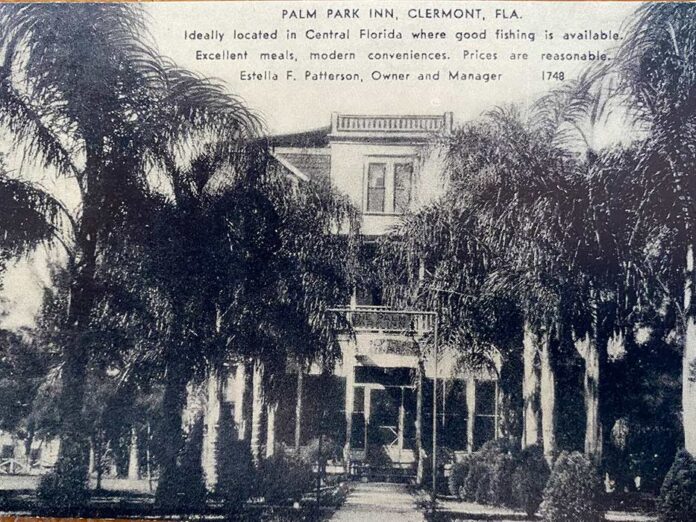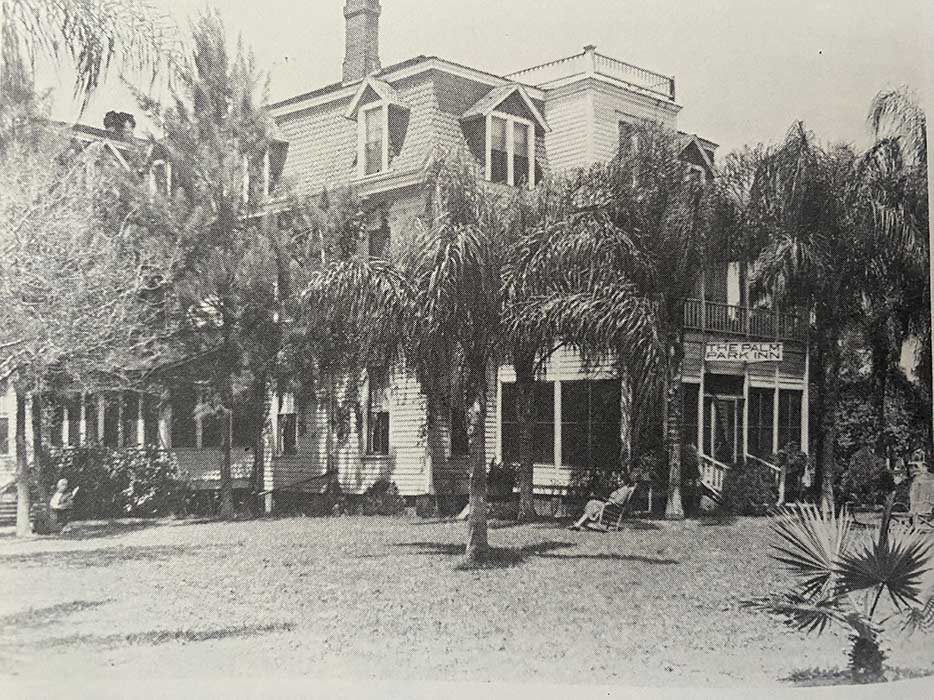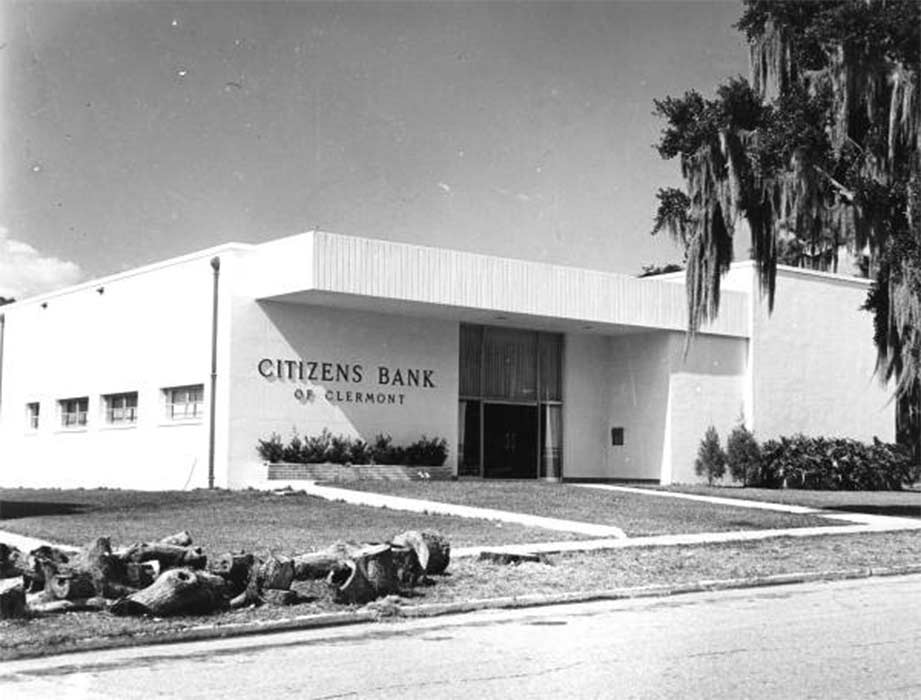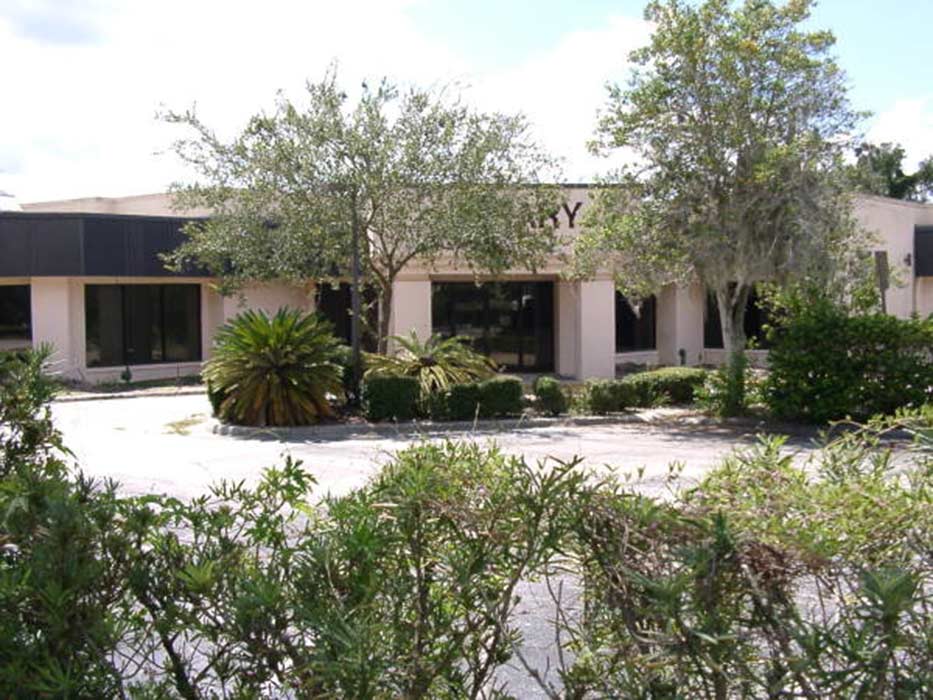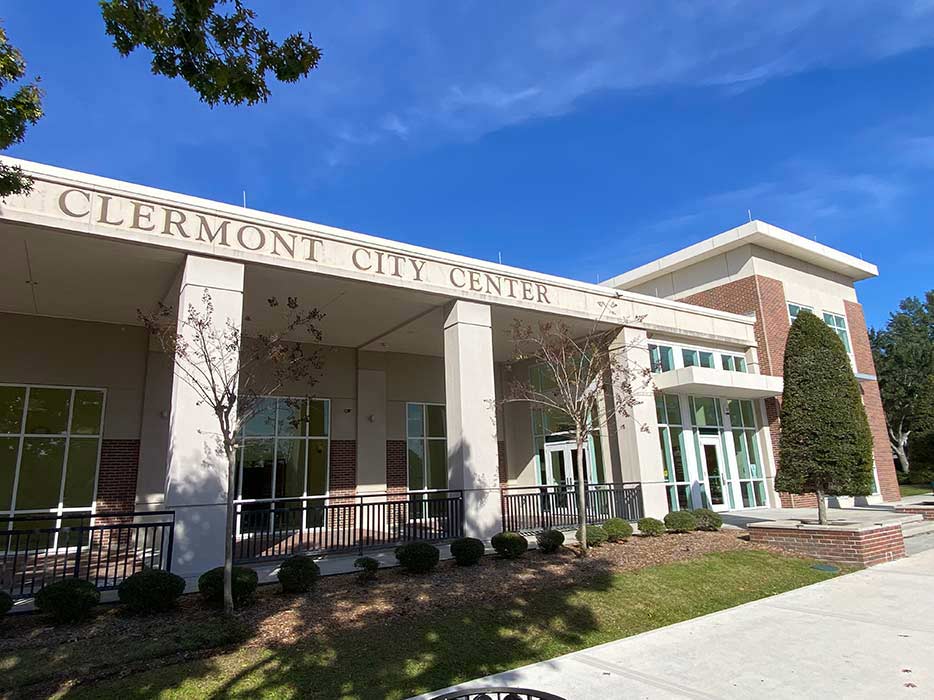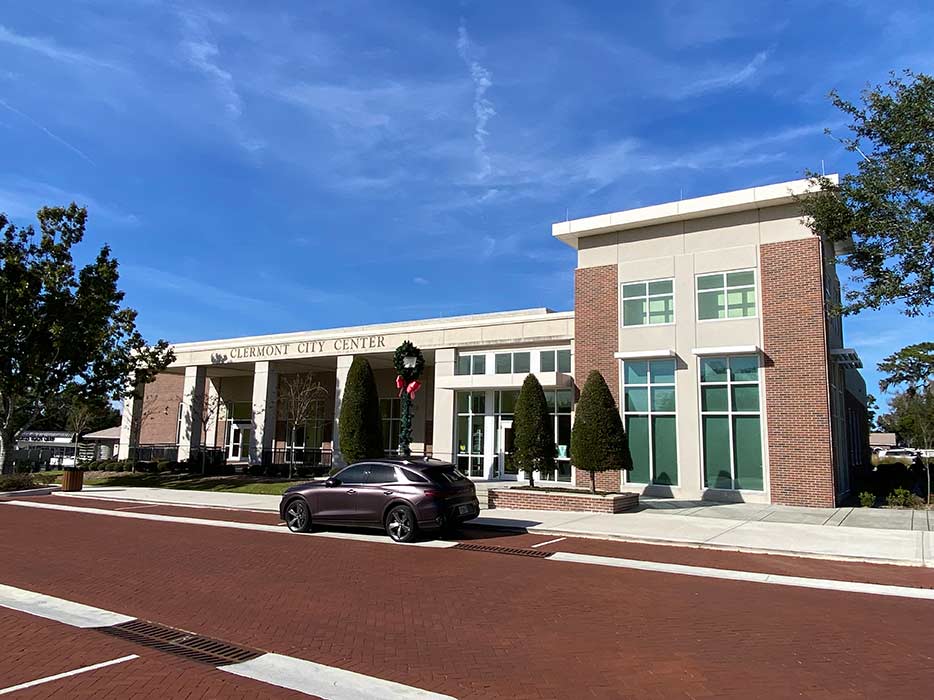Article by Chuck Seaver, South Lake Tablet
The property located at 620 West Montrose Street, Clermont, has a rich history of business operations from the early days of Clermont’s existence to the current occupant, the City of Clermont’s City Center. Located at the northwest corner of Montrose Street and Lake Avenue, the land use has transformed from early-century hotels to a mid-century bank and public library to the current home of the South Lake Chamber of Commerce and the City of Clermont’s Parks and Program Management Department.
Early records indicate that the first known structure that was built on the site was the Hoobler House, a hotel built in the early 1900s. In 1930, the hotel was purchased by T.G. Richardson of Northville Michigan. Richardson had big plans for the hotel and invested heavily in the remodeling of the wood frame building that stood three stories high. Richardson also wanted to redesign the grounds of the hotel to make it more desirable to the surrounding landscape and climate. Dozens of palm trees, of assorted varieties were planted throughout the landscape. Richardson continued his desire for change by renaming the Hoobler House to the Palm Park Inn.
Dr. John McGuire bought the hotel in 1947 with ideas of his own. While keeping the hotel intact, McGuire also established a medical office in the downstairs portion of the hotel. Mcguire’s parents, who lived on the premises, are believed to have managed the hotel until it was sold in 1955. The hotel was sold to an apparent investor from Chicago by the name of Anthony L. Michel. Michel tore the hotel down and cleared the land in early 1956 for the preparation of its purchase by the Citizens Bank of Clermont.
Two banks existed in Clermont during the great depression era. A time when banks were struggling to meet customer withdrawals and seizure of properties that were late in payment was rare. In June of 1930, stockholders of both banks agreed to merge as one. The Citizens Bank of Clermont was formed with that merger. The bank continued to operate in its downtown location until moving to its brand-new location in March of 1957. The brand-new bank was built of masonry block and could accommodate a large parking area on the north side of the building. The bank also sported what was likely Clermont’s first drive-thru window. Some locals remember the large glass window area of the teller protruding from the East side of the bank. One of the window tellers, Dorothy Seaver, was well-known among the neighborhood children for giving out candy lollipops to those who pulled up to the window on their bicycles in the late 1960s. The Citizens Bank of Clermont remained in place through the late 1970s when the bank once again merged with another bank. The doors were closed for the Citizens Bank but not for the future of the property’s next chapter in history.
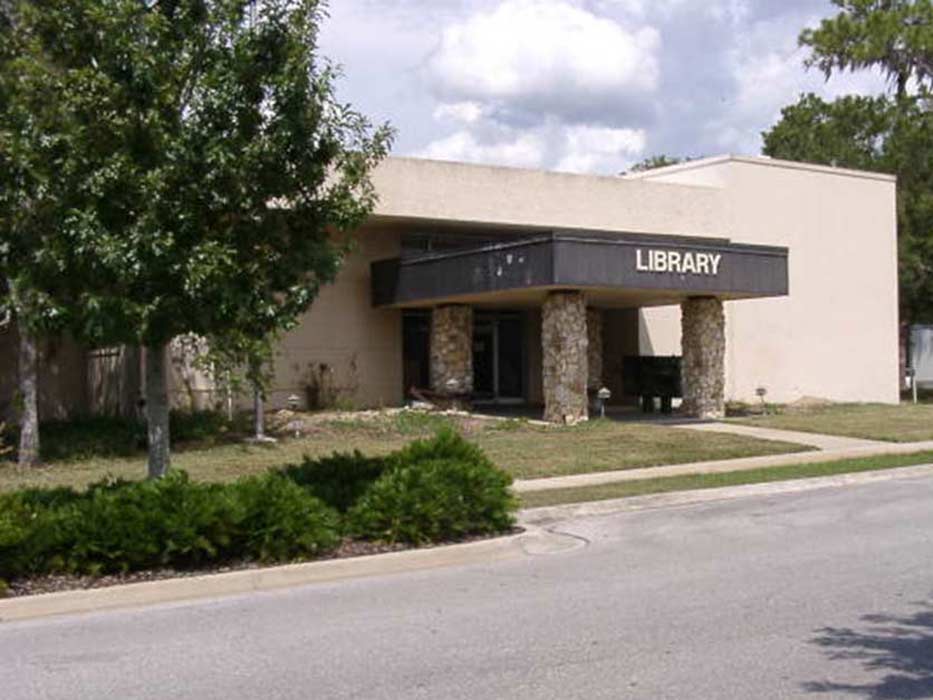 The Cooper Memorial Library, once located on West Desoto Street near 7th Street had outgrown its current location that was built in 1914. In 1980, with the former Citizens Bank Building now vacant, a group of individuals, civic clubs, and businesses contributed $80,000 toward the remodeling and renovation of the 6,000-square-foot building. In December of 1980, the books were moved from the Desoto Street location to the new Montrose Street location by utilizing a “human chain.” The chain was formed across empty lots between the two buildings and one by one, the thousands of books on hand were moved to the new library.
The Cooper Memorial Library, once located on West Desoto Street near 7th Street had outgrown its current location that was built in 1914. In 1980, with the former Citizens Bank Building now vacant, a group of individuals, civic clubs, and businesses contributed $80,000 toward the remodeling and renovation of the 6,000-square-foot building. In December of 1980, the books were moved from the Desoto Street location to the new Montrose Street location by utilizing a “human chain.” The chain was formed across empty lots between the two buildings and one by one, the thousands of books on hand were moved to the new library.
Unfortunately, in 2004 the building was found to have a severe mold problem in its interior. After much discussion and planning meetings, the City of Clermont and Lake County decided to temporarily move the library to 321 Minneola Avenue, Clermont. The library was moved in August of 2009 to a brand-new building at its present location on Oakley Seaver Drive at Hancock Road.
The City of Clermont, for tax reasons, acquired the title to the property of the former bank location in 1980 when plans were made to move the library there. The City of Clermont retained possession of the property when the building was vacated by Cooper Memorial. After much planning and finding ways to fund an idea, the old building was demolished to make room for a new city structure that could accommodate both office space and community events. In 2013, the brand-new Clermont City Center opened its doors for not only public use but office space for the growing number of city employees.
Today, the 3,935-square-foot building is home to the South Lake Chamber of Commerce and the City of Clermont’s Parks and Recreation Department. The building also boasts a large banquet space that is available for rent to the public, a full-service kitchen, and a conference room that is available for rent. The building is designed to offer modern amenities while presenting a historic exterior appearance that is conducive to the historical downtown district.


